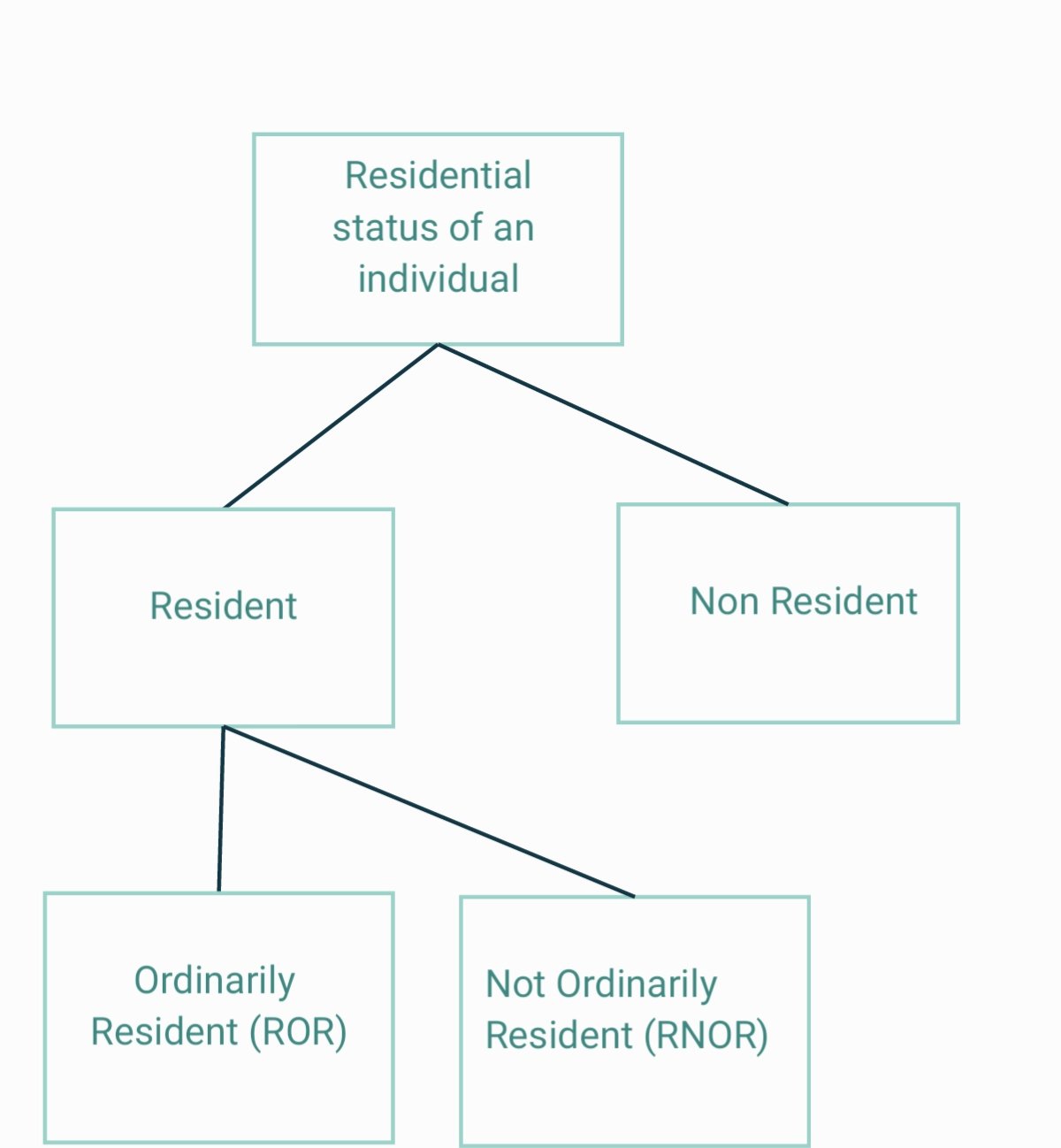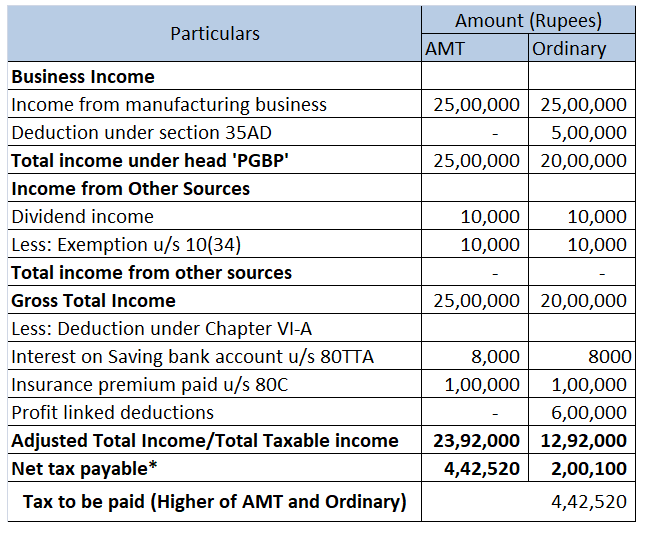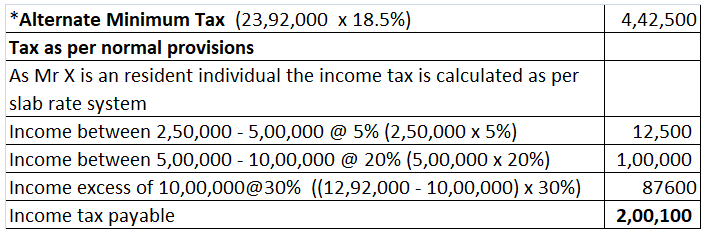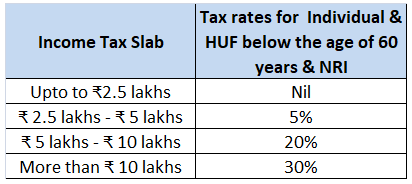By the name, it can be easily deduced that Advance tax means the tax paid in advance. Advance tax is the tax paid by an assessee in the Previous Year itself based on his estimated income. We know that Income tax liability is known in the Assessment Year based on the income of the Previous Year. But,Read more
By the name, it can be easily deduced that Advance tax means the tax paid in advance.
Advance tax is the tax paid by an assessee in the Previous Year itself based on his estimated income.
We know that Income tax liability is known in the Assessment Year based on the income of the Previous Year. But, the government encourages the taxpayers to pay the tax in the Previous Year itself based on the estimated income.
As per section 208 of the Income Tax 1961, if the total income liability on the estimated income comes up more than Rs. 10,000, then advance tax has to be paid.
The advance tax has to be paid according to the following schedule for the individual and corporate assessees [Other than the assessee who computing profits on a presumptive basis under section 44AD(1) and 44ADA(1)]:
| Due date of Instalment | Amount Payable |
| On or before 15th June | No less than 15% advance tax liability. |
| On or before 15th September | No less than 45% of tax liability, as reduced by any amount if any paid in the earlier instalment. |
| On or before 15th December | No less than 75% of tax liability, as reduced by any amount or amounts if any paid in the earlier instalments. |
| On or before 15th March | No less than 100% of tax liability, as reduced by any amount or amounts if any paid in the earlier instalments. |
Any amount paid by the way of advance tax on or before 15th March shall be treated as advance tax paid during each financial year on or before 15th March.
Also as per section 219, the tax credit is given for the advance tax paid in the regular assessment of income tax.
In case of non-payment or short payment of the advance tax, interest is payable as per section 234B. Interest is also attracted in case of delayed payment of advance tax as per section 234C.
That’s all, I would conclude my answer hoping that it was helpful in making the concept of advance tax easy to grasp.
See less





TDS stands for Tax Deducted at Source It is the tax deducted on certain incomes as specified under sections 192 to 194N of the Income Tax Act,1961 by the person who is responsible to pay such income. For example, an employer is liable to deduct the TDS on the salary paid to the employee subject to tRead more
TDS stands for Tax Deducted at Source
It is the tax deducted on certain incomes as specified under sections 192 to 194N of the Income Tax Act,1961 by the person who is responsible to pay such income.
For example, an employer is liable to deduct the TDS on the salary paid to the employee subject to the provisions of the Income Tax Act, 1961.
TDS is deducted either,
OR
We know that Income tax liability is calculated after the income for a year is earned. In the next year, which is called the Assessment Year, income tax payable is calculated on the income earned in the Previous Year
For example:
Year 2021-2022 – This year (Previous Year) – Income is earned here.
Year 2021-2022 – Next Year (Assessment Year) – Income tax is assessed here.
But, the government collects the income tax from the income of the assessee in the Previous Year itself by the following ways:
Some of the most common sections are given below:
So, according to sections 192 to 194N, some amount of income tax is deducted from the income of the assessee in the Previous Year itself.
In the Assessment Year, the assessee also gets a tax credit for the TDS i.e. the Income Tax liability gets reduced by the amount of Tax Deducted at Source in the Previous Year.
See less